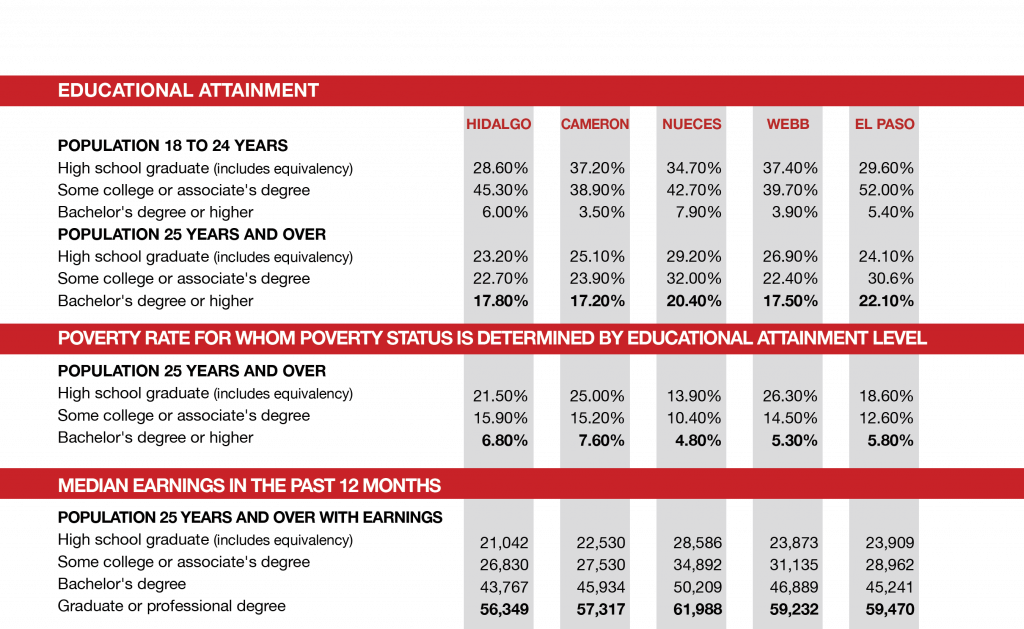Extravaganas
School District Partnership
University Partnerships
Other Ways to Give
Top 5 Reasons to Invest in Stars Scholarship Fund
Stars Scholarship Fund has a $2 million gap in unmet needs.
For the 2021-2022 application cycle, Stars Scholarship Fund received 5,336 applications. Of these 2,421 were qualified to receive scholarship, but we were only able to offer an award to 702 students. That translates to 1,719 unfunded, qualified students and a $2 million gap.
Your donation will have nearly double the impact on students.
Stars Scholarship Fund has partnerships with 21 Texas colleges and universities, with each school matching our scholarship funding dollar for dollar. Stars Scholarship Fund commits over 90% of the funds raised each year to these partnerships.
Impact of a Scholarship
Scholarships help to lessen the impact of rising tuition costs.
Tuition is on the rise nation-wide and scholarships give access to higher education for students of all income levels.
Scholarships help students have more time to focus on their studies.
Research shows that work can take up more than 15 hours per week and becomes an impediment to academic success. For many students the stresses of working make it difficult for them to graduate on time, or graduate with the high grades they have the potential to achieve. For other students, the work/study life is unsustainable, and they discontinue their studies all together.
Scholarships decrease the number and amount of loans students need to take to complete higher education.
47.2% of college students in Texas now graduate with debt. The U.S. Department of Education considers both loans and grants on the same level as “aid” and has long been focused on access for low-income students, leaving many students from middle class homes to rely on scholarships to fund their education.
Scholarships can fill the gap.
Our scholarship supports students who fall in the gap between high- and low-income levels — many scholarships require students to be Pell Grant eligible to apply, leaving students without many options for scholarships.
Scholarships teach philanthropy.
By being the student recipient of a scholarship, it is hoped that the students will become philanthropic themselves and “give back” when they are financially able.
Educational Attainment
Statistics show that a college education opens the door to many opportunities that would not otherwise be available to most individuals. Earning a bachelor’s degree or a graduate degree leads to the highest earnings, the lowest unemployment rates, the widest range of career opportunities, and the sharpest differences in civic participation. These statistics are supported by the U.S. Census Bureau, 2013-2017 American Community Survey 5-Year Estimates when comparing educational attainment, poverty levels and median earnings from the counties we serve.






